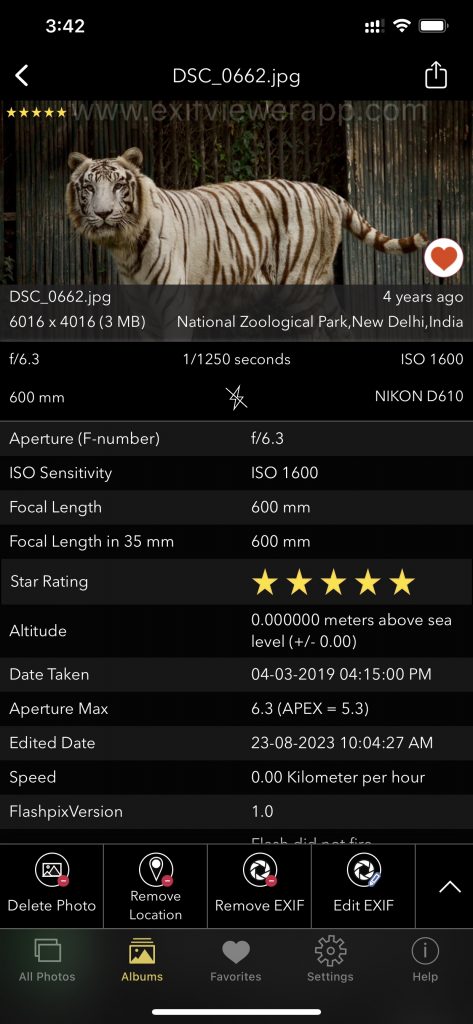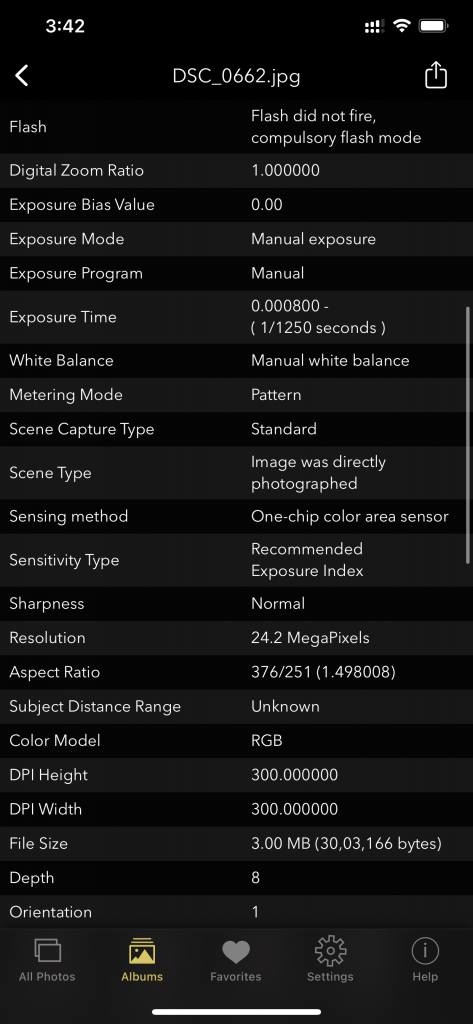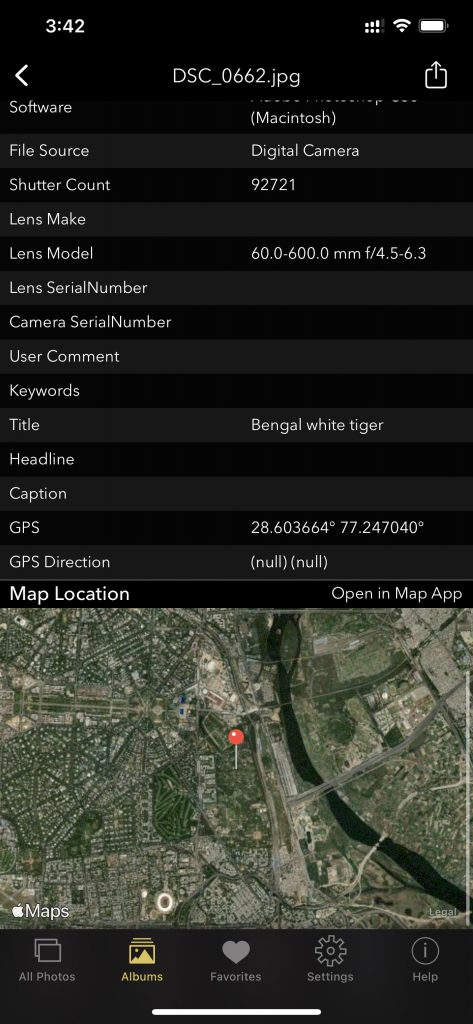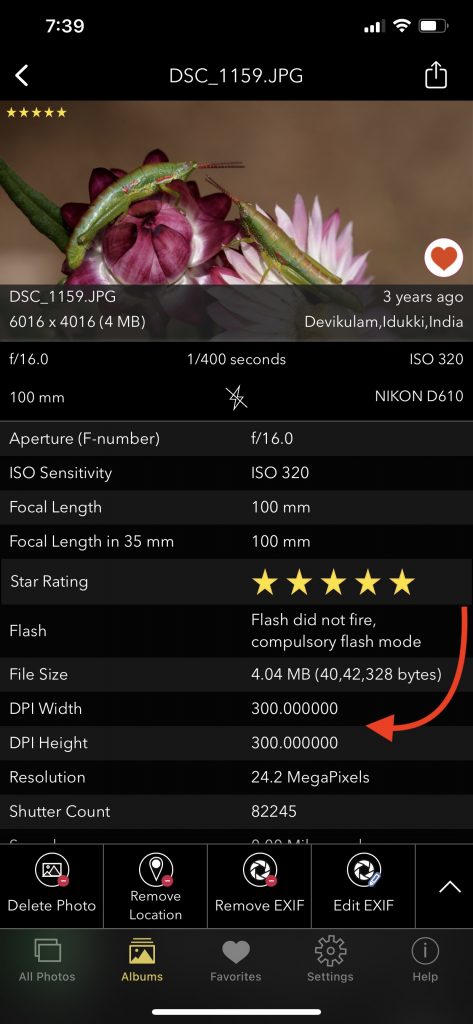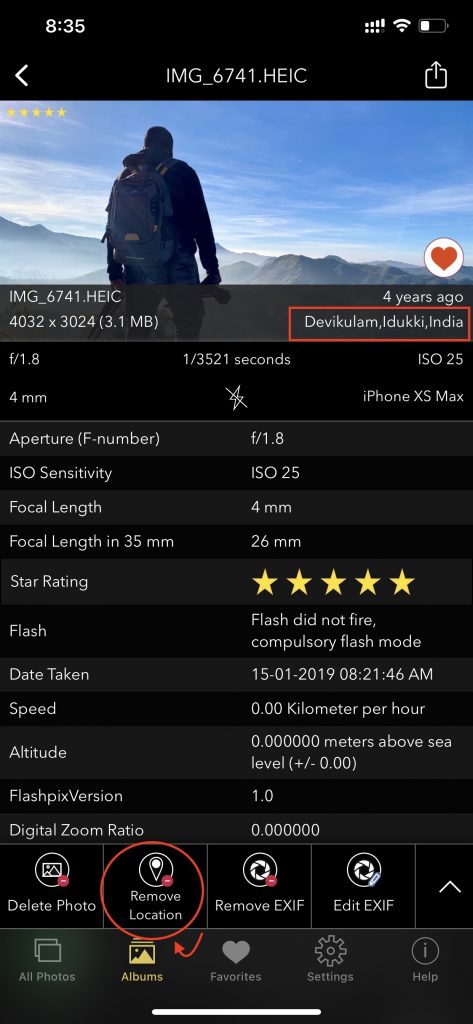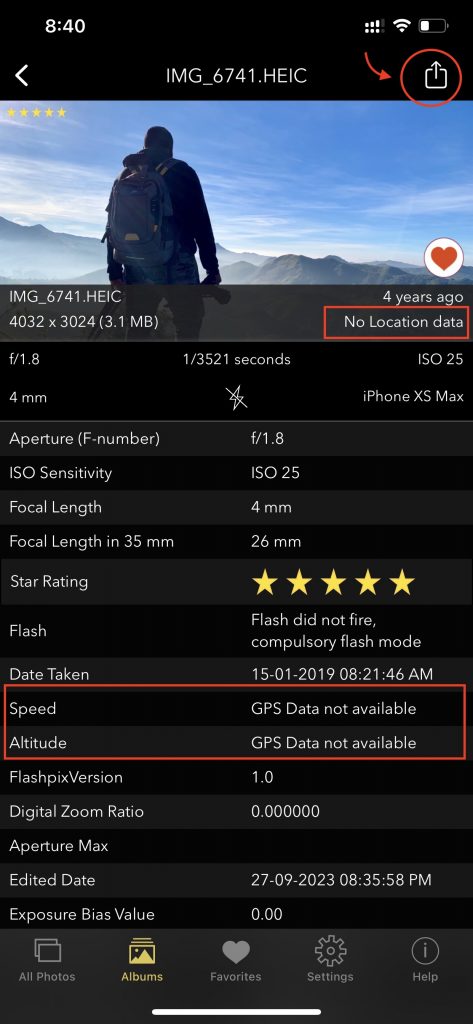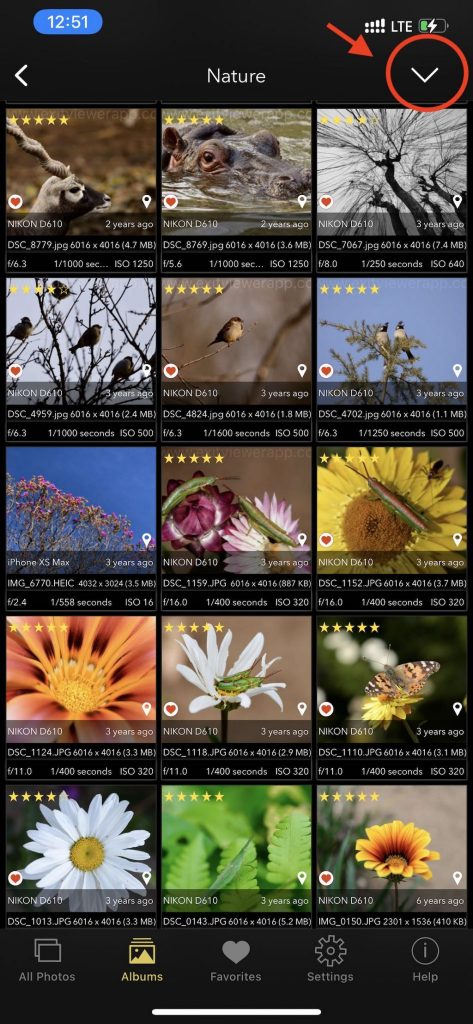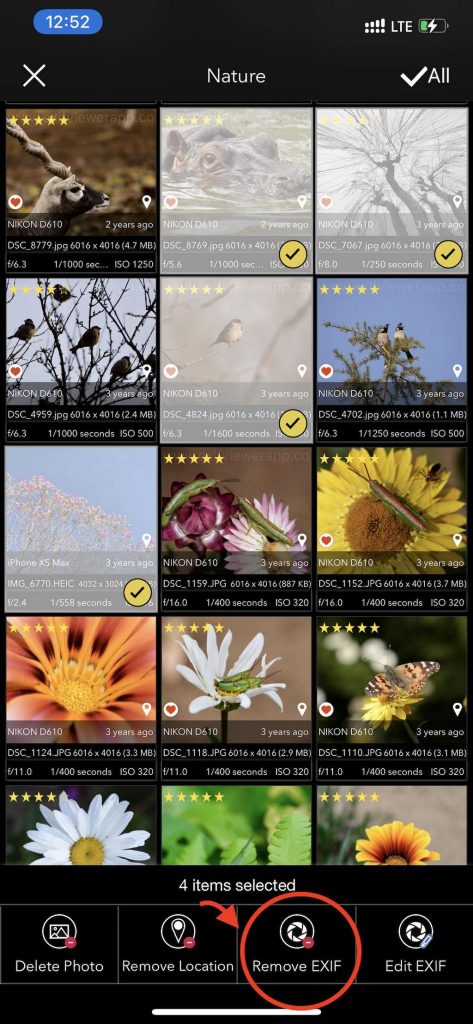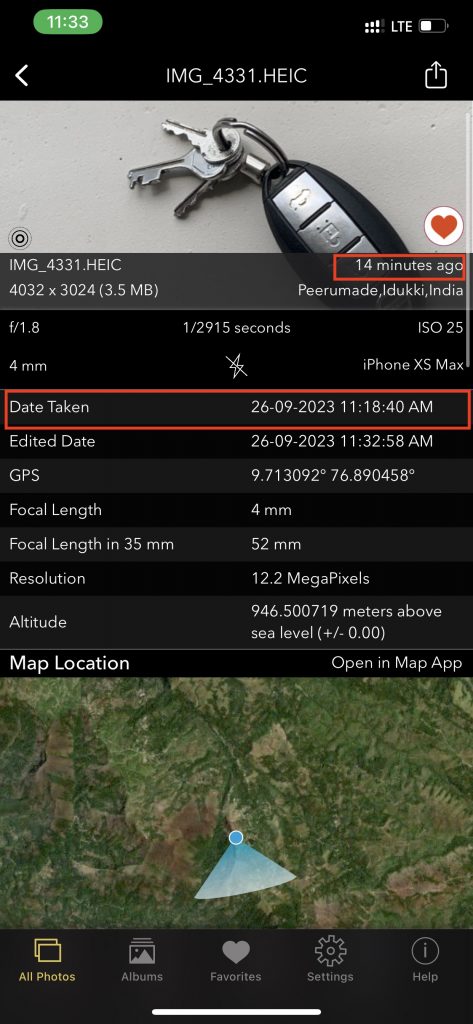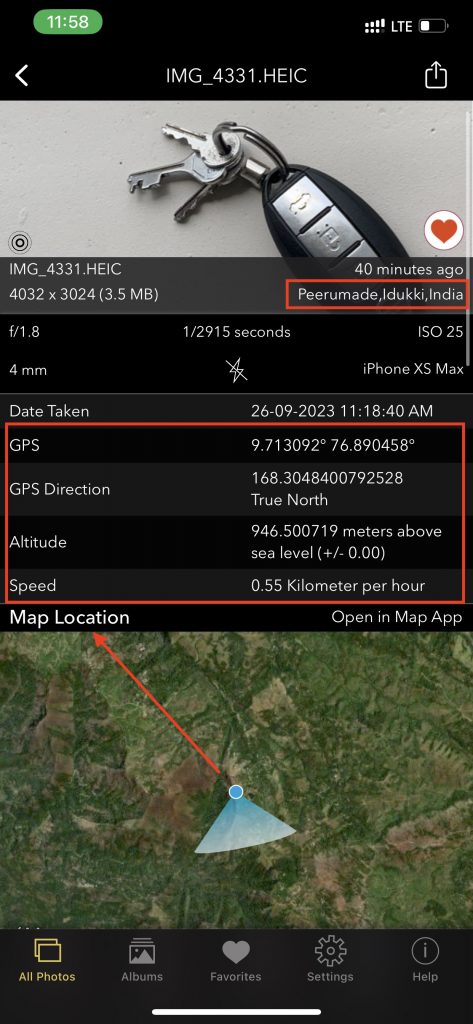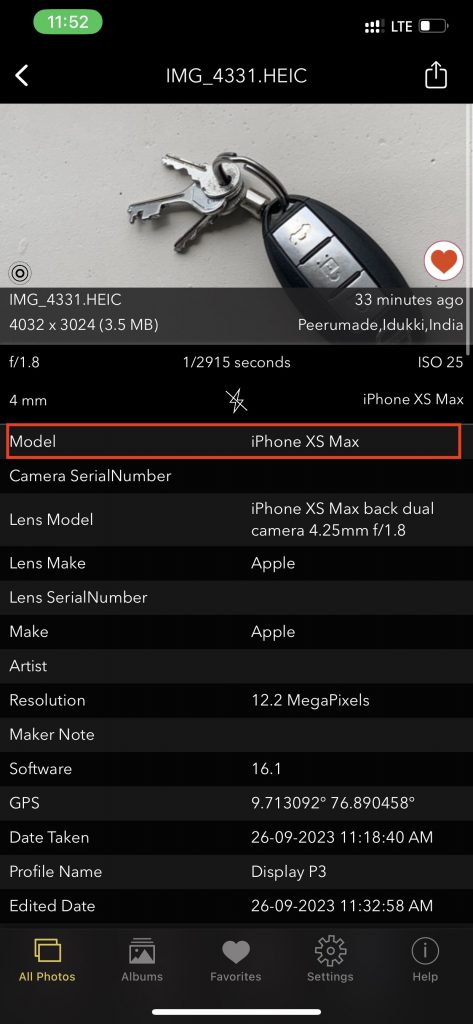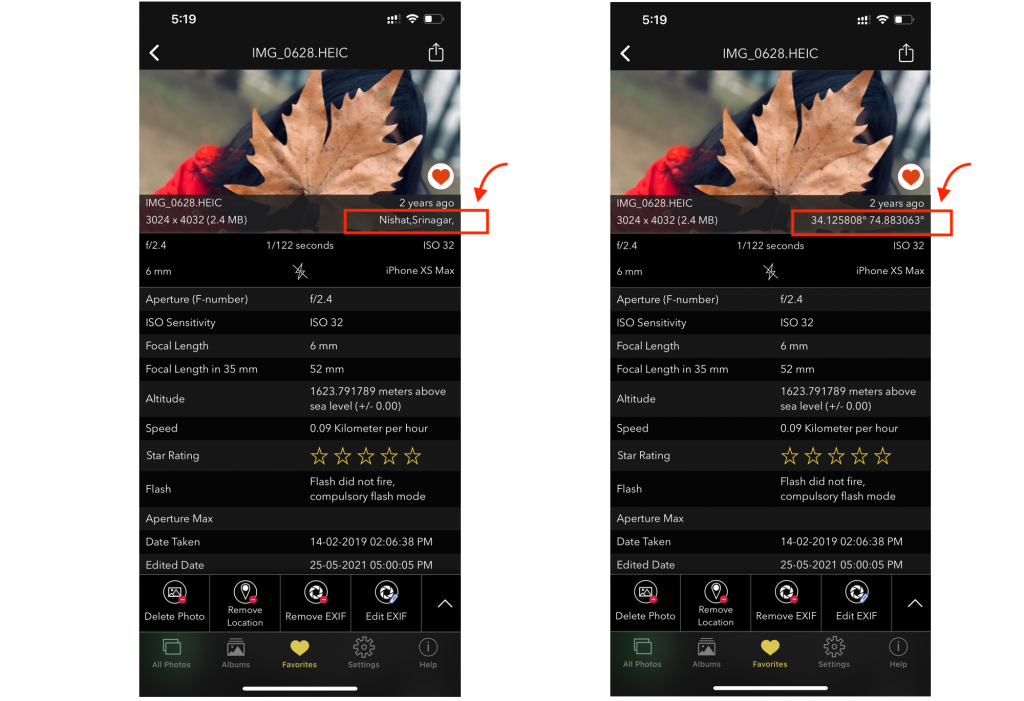1. What Is Aperture?
Aperture in photography refers to the opening in a camera lens through which light passes to enter the camera body and reach the image sensor (or film, in traditional film cameras). Think of it as the pupil of your camera’s eye; it can widen or narrow to regulate the incoming light. It is one of the three primary factors, along with shutter speed and ISO sensitivity, that determines the exposure of an image.
2. Representation by f-numbers:
Aperture settings are denoted by f-numbers or f-stops, such as f/1.8, f/4, f/16, etc. These numbers represent the size of the aperture. Interestingly, it may seem counterintuitive, but smaller f-numbers (e.g., f/1.8) indicate wider or larger apertures, while larger f-numbers (e.g., f/16) represent narrower or smaller apertures.
- Wide Aperture: When you select a small f-number (e.g., f/1.8 or f/2.8), you are opening the aperture wide, allowing a lot of light to enter the camera. This setting is often used in low-light conditions or when you want to create a shallow depth of field with a blurred background.
- Narrow Aperture: When you choose a larger f-number (e.g., f/8, f/16), you are closing the aperture, allowing less light to pass through. This setting is useful in bright lighting conditions or when you want to achieve a deep depth of field, keeping both foreground and background in focus.
3. Effects of Aperture:
- Exposure: Aperture controls the amount of light that enters the camera. A wider aperture (represented by a smaller f-number, e.g., f/1.8) allows more light to pass through, making the image brighter. Conversely, a narrower aperture (represented by a larger f-number, e.g., f/16) lets in less light, resulting in a darker image. Aperture is part of the exposure triangle, along with shutter speed and ISO sensitivity, that photographers use to achieve proper exposure.
- Depth of Field (DOF): Aperture also influences the depth of field in a photograph. Depth of field refers to the range of distances within a scene that appears acceptably sharp and in focus. A wide or large aperture (e.g., f/1.4) produces a shallow depth of field, where the subject is in sharp focus while the background and foreground are blurred (bokeh). This is often used in portrait photography to isolate the subject from the background. In contrast, a narrow or small aperture (e.g., f/16) results in a deep depth of field, where both the foreground and background are in focus. This is commonly seen in landscape photography.

4. Aperture and Lens Selection:
Different lenses have different maximum aperture capabilities. Some lenses, often called “fast lenses,” can open wider (e.g., f/1.4 or f/1.8) and are great for low-light situations and achieving strong background blur. Kit lenses typically have narrower maximum apertures (e.g., f/3.5-f/5.6).
VIEW IMAGE METADATA WITH THIRD-PARTY APP:
There are third-party apps available on the App Store that can display image metadata, including DPI, if available in the image file. Our App “Exif Viewer by Fluntro” can provide you with detailed information about an image’s properties.
Appstore Link: – https://apps.apple.com/us/app/exif-viewer-by-fluntro/id944118456
- Visit the App Store on your iPhone or iPad.
- Search for “EXIF viewer by Fluntro“.
- Download and install the app. EXIF Viewer app allows you to view image metadata.

Checkout the preview video of Exif Viewer by Fluntro:
